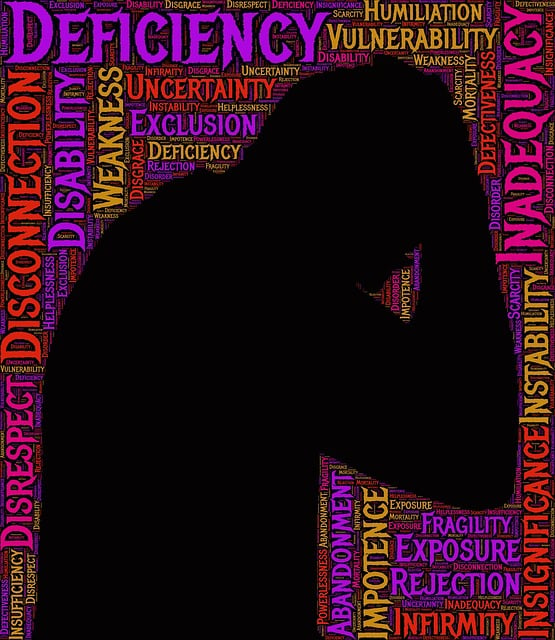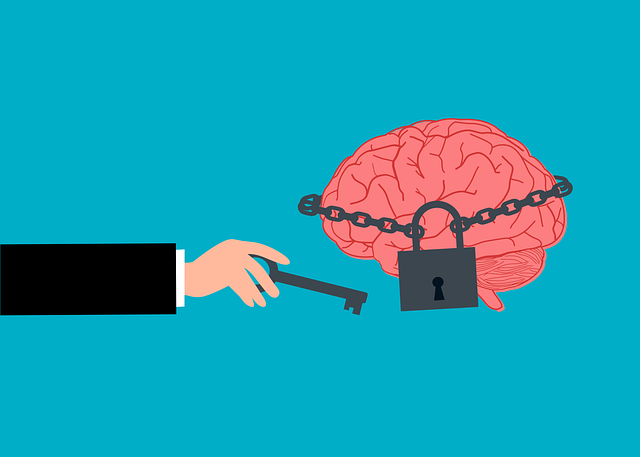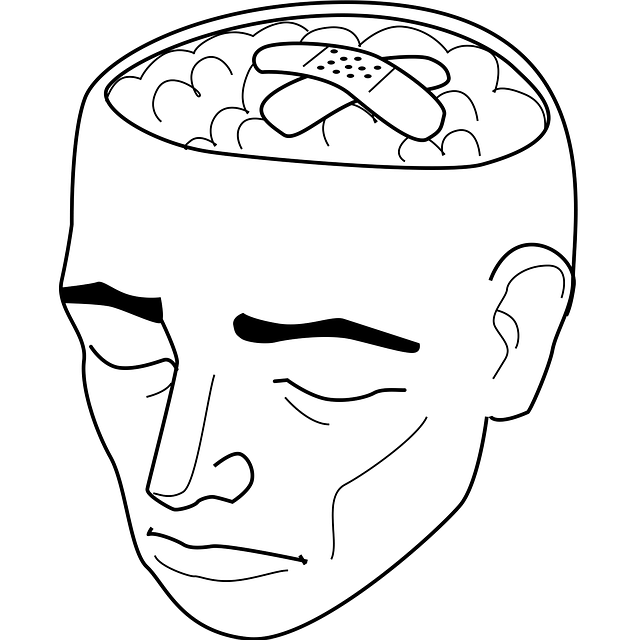Diagnosing mental illness in adolescents accurately is a complex challenge at centers like Greenwood Village Adolescent and Teen Therapy, due to overlapping symptoms, diverse conditions, and communication barriers. Professionals overcome this by integrating comprehensive assessments, evidence-based practices (e.g., Anxiety Relief, Emotional Regulation), specialized training (including Social Skills Training and Risk Management Planning), and tailored mental health education programs. These strategies enhance patient-therapist communication, enable precise evaluations, and empower adolescents to recognize their experiences, ultimately leading to personalized treatment plans.
Mental illness diagnosis accuracy is a critical aspect of patient care, directly impacting treatment outcomes. This article delves into the challenges surrounding mental health assessments, exploring current diagnostic accuracies, common pitfalls, and their effects on treatment success. We present a case study of Greenwood Village Adolescent and Teen Therapy, highlighting their evidence-based approach and positive results. Additionally, we discuss innovative strategies like technology integration, professional training, and community outreach to enhance diagnosis accuracy in the mental health field.
- Understanding the Challenges in Mental Illness Diagnosis
- – Current state of diagnosis accuracy
- – Common pitfalls and misconceptions
Understanding the Challenges in Mental Illness Diagnosis

Diagnosing mental illness accurately can be a complex and multifaceted challenge. While significant progress has been made in understanding and treating various mental health conditions, the process often involves navigating intricate symptoms that can overlap or manifest differently across individuals. The vast spectrum of disorders, from anxiety and depression to more nuanced conditions like dissociative disorders, adds complexity. Healthcare professionals in Greenwood Village Adolescent and Teen Therapy face the daunting task of differentiating between typical adolescent development and emerging mental illness. This is further complicated by the fact that many young people may struggle to express their feelings or exhibit unusual behaviors, making diagnosis even trickier.
Efforts to enhance diagnosis accuracy often focus on integrating various strategies, such as comprehensive assessments, evidence-based practices, and specialized training for therapists. Social Skills Training and Empathy Building Strategies are proving effective in improving communication between patients and therapists, enabling more precise evaluations. Mental Health Education Programs Design tailored for adolescents can also empower them to recognize their own experiences and express concerns, facilitating early intervention. By combining these approaches, mental health professionals strive to improve diagnostic accuracy, ultimately leading to more personalized and effective treatment plans.
– Current state of diagnosis accuracy

Mental illness diagnosis accuracy has been a topic of growing concern within the healthcare community. Despite advancements in research and treatment options, studies show that misdiagnosis rates remain alarmingly high, especially among adolescents and teenagers. This is particularly evident at centers like Greenwood Village Adolescent and Teen Therapy, where professionals encounter complex cases daily. The current state of diagnosis accuracy often leaves room for improvement, as many individuals struggle to receive the appropriate care due to incorrect labels or overlooked symptoms.
One significant challenge lies in the diverse presentation of mental health conditions, making it crucial for therapists and psychiatrists to employ comprehensive assessment tools. Anxiety Relief, Emotional Regulation, and Confidence Boosting are essential aspects that can aid in accurate diagnosis. By integrating these concepts into evaluation processes, healthcare providers can better understand the nuances of each patient’s experience, leading to more precise and timely interventions.
– Common pitfalls and misconceptions

Mental health professionals often encounter challenges when it comes to diagnosing adolescents and teens, a demographic that presents unique complexities. One significant pitfall is the tendency to overlook or misattribute symptoms to other issues, such as typical teenage behavior or stress, rather than recognizing potential mental illness. This can be attributed to the fact that many mental disorders share similar manifestations, making differentiation difficult. For instance, anxiety in adolescents might manifest as irritability, which could easily be mistaken for rebellion or peer pressure.
At Greenwood Village Adolescent and Teen Therapy, we understand these challenges. That’s why our approach includes incorporating Risk Management Planning for Mental Health Professionals to ensure accurate assessments. We also emphasize the importance of Self-Awareness Exercises and Stress Reduction Methods as integral parts of therapy, helping both teenagers and professionals gain deeper insights into symptoms and promote early intervention.
Mental illness diagnosis accuracy has long been a complex issue, but with increased awareness and innovative approaches like those offered by Greenwood Village Adolescent and Teen Therapy, significant strides can be made. By addressing common pitfalls and misconceptions head-on, we can improve overall diagnostic effectiveness, ensuring that individuals receive the appropriate care they need for their unique mental health challenges.









